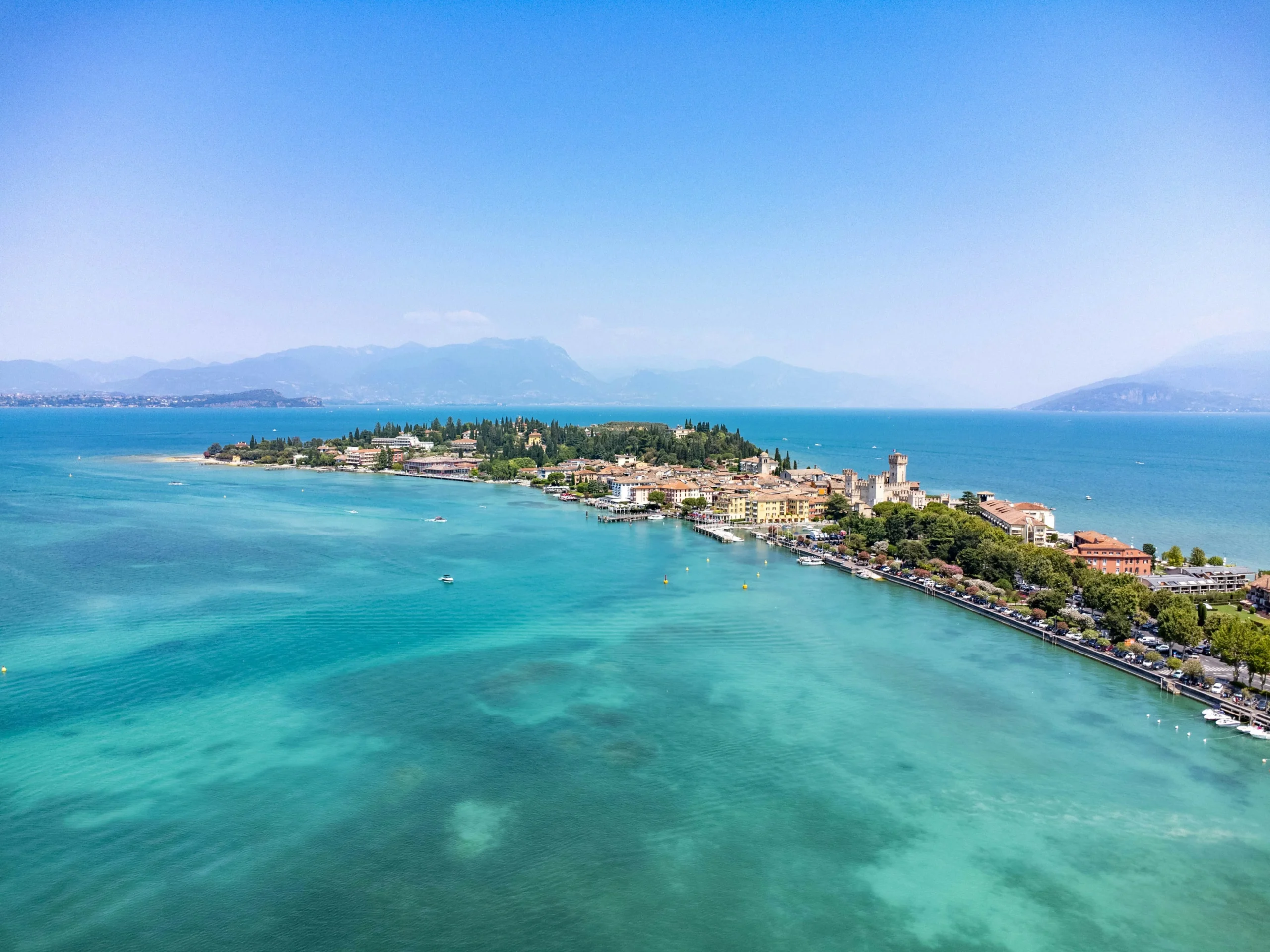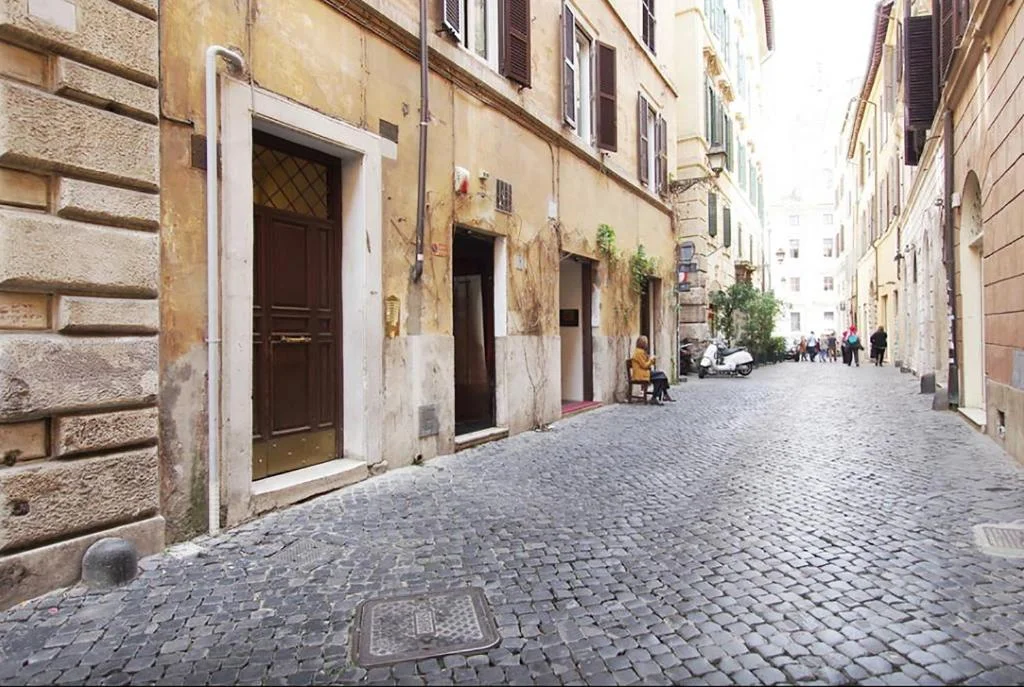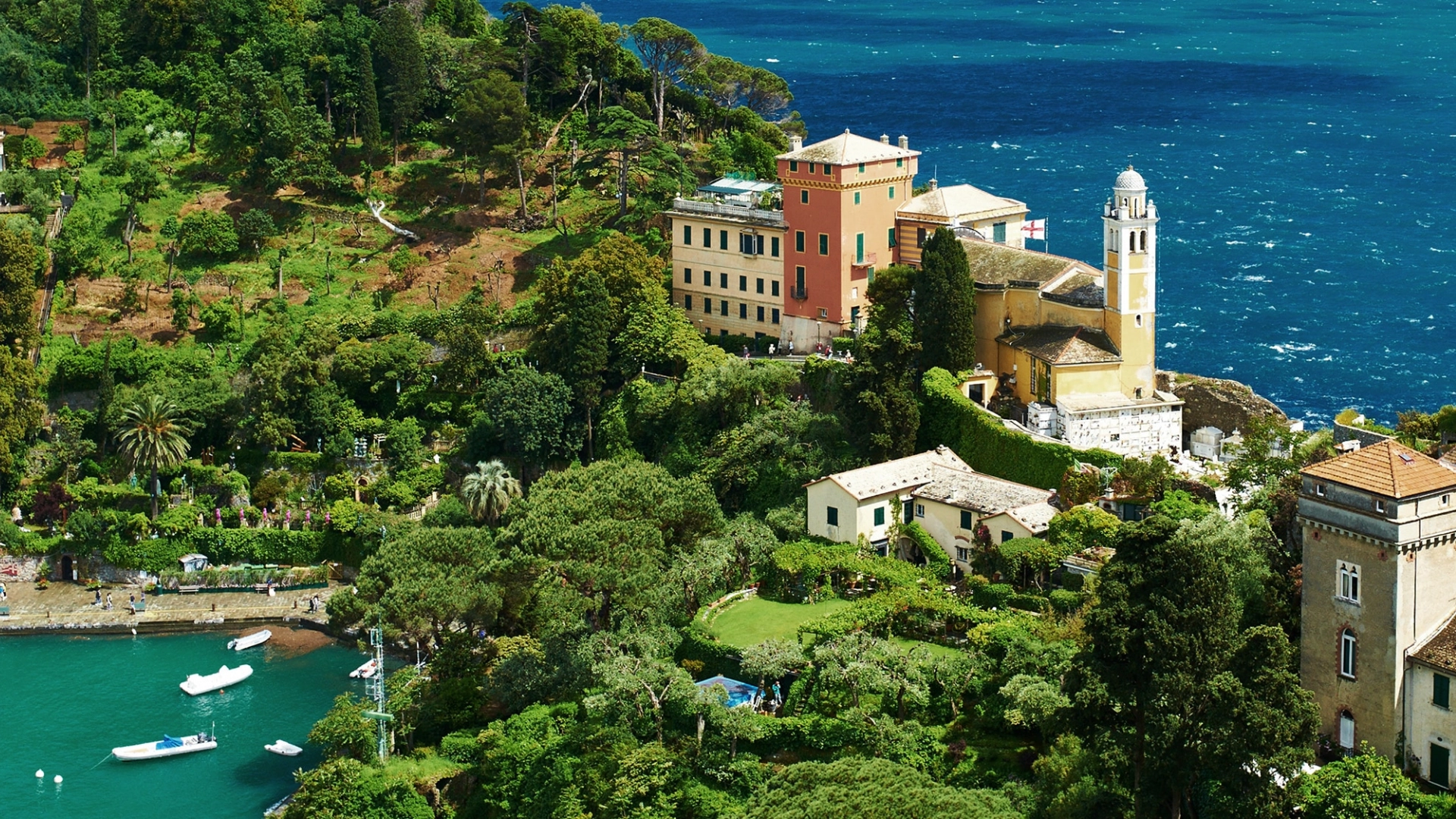Italy’s tourism sector is about to get a massive boost. Intesa Sanpaolo has pledged €10 billion in support of Confindustria’s tourism companies to fuel investments, innovation, and credit, making this one of the largest private-sector commitments in recent years. The funding is part of a broader €200 billion national program through 2028, designed to enhance growth, sustainability, and competitiveness in the Italian tourism ecosystem.
At a key meeting in Vicenza with hoteliers and industry leaders, Intesa Sanpaolo’s Stefano Barrese—Banking Territories Division—and Elisabetta Fabri, President of Confindustria Alberghi, outlined plans to enhance hotels’ quality, back ambitious sustainability projects, and foster advanced technologies such as AI and energy efficiency. Among the top priorities: aligning hospitality with eco-standards, digitalization of services, staff training, and support for staff housing to help retain talent.
Tourism Showing Strong Signals
According to SRM’s report, Italy expects about 476.9 million tourist stays in 2025, an increase of ~2.3% compared to 2024—split between domestic and international travelers. The value added by the tourism supply chain is projected to exceed €106 billion, returning Italy to, and even surpassing, pre-pandemic levels. Hotels and restaurants are seeing gradual recovery: revenue in hospitality is up, and greater investment is flowing into improving guest experience and infrastructure.
A Strategy for Quality, Sustainability & Growth
This investment isn’t just about quantity—it’s about raising quality. Intesa Sanpaolo’s program aims to support small and medium tourism businesses (SMEs) in upgrading accommodation standards, adopting circular economy practices, and minimizing energy and water waste. Another major emphasis is on innovation & training, equipping staff with the skills required to meet modern traveler expectations. And through financial products and services, companies will get better access to credit, helping them scale, merge, or expand sustainably.
Why This Matters to Travelers & Investors
For travelers, this means better hotels, more sustainable destinations, and improved service quality—whether in countryside retreats, coastal resorts, or historic cities. For investors and real estate developers, especially those in luxury hospitality, this intervention signals opportunity: enhanced property value, demand for high-end lodging, and potential for public–private partnerships.
For readers interested in Italy’s broader tourism and real estate landscape, take a look at our recent article on Italy’s tennis events economic impact, as well as our piece covering the Perth–Rome flight expansion, both of which illustrate the interconnected growth of travel, infrastructure, and luxury experience.






